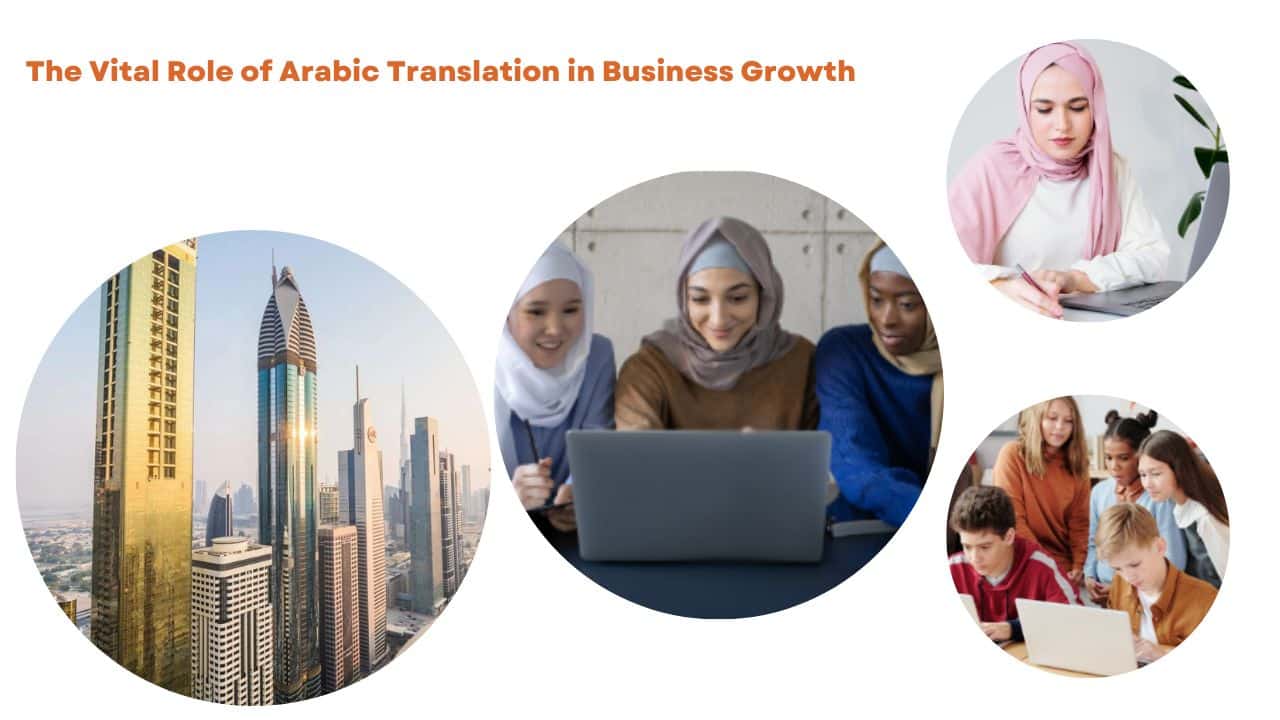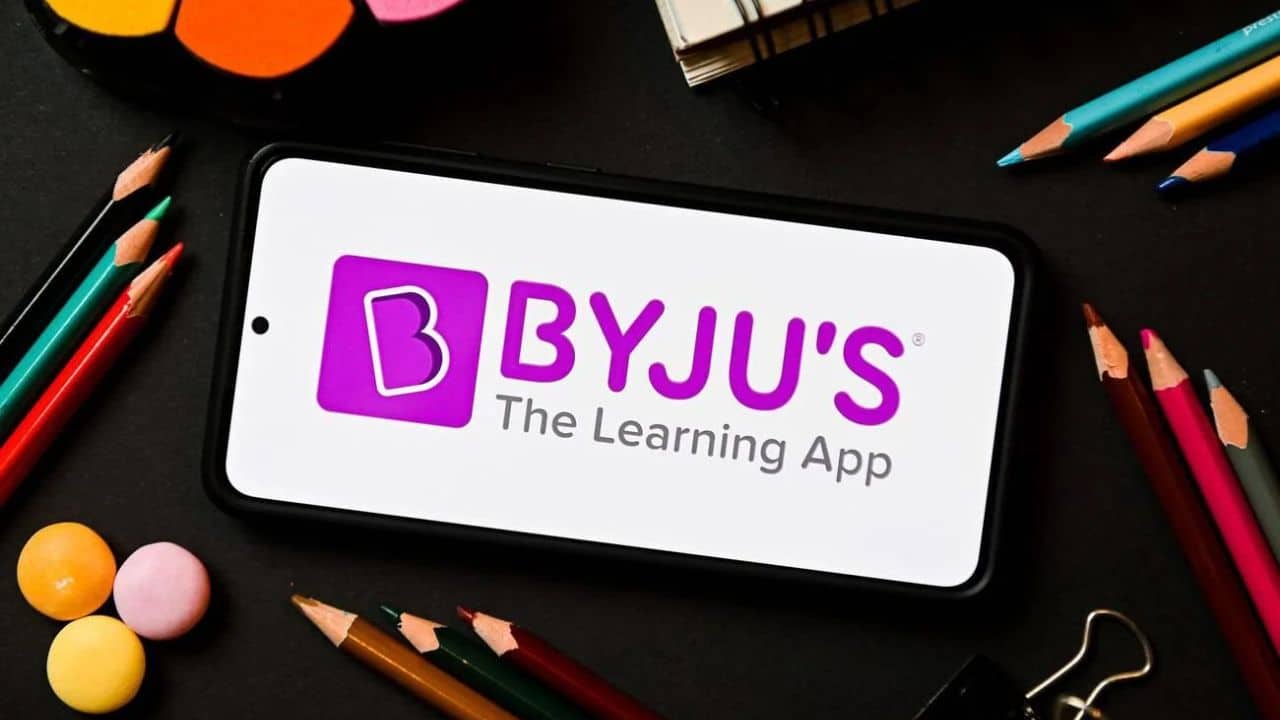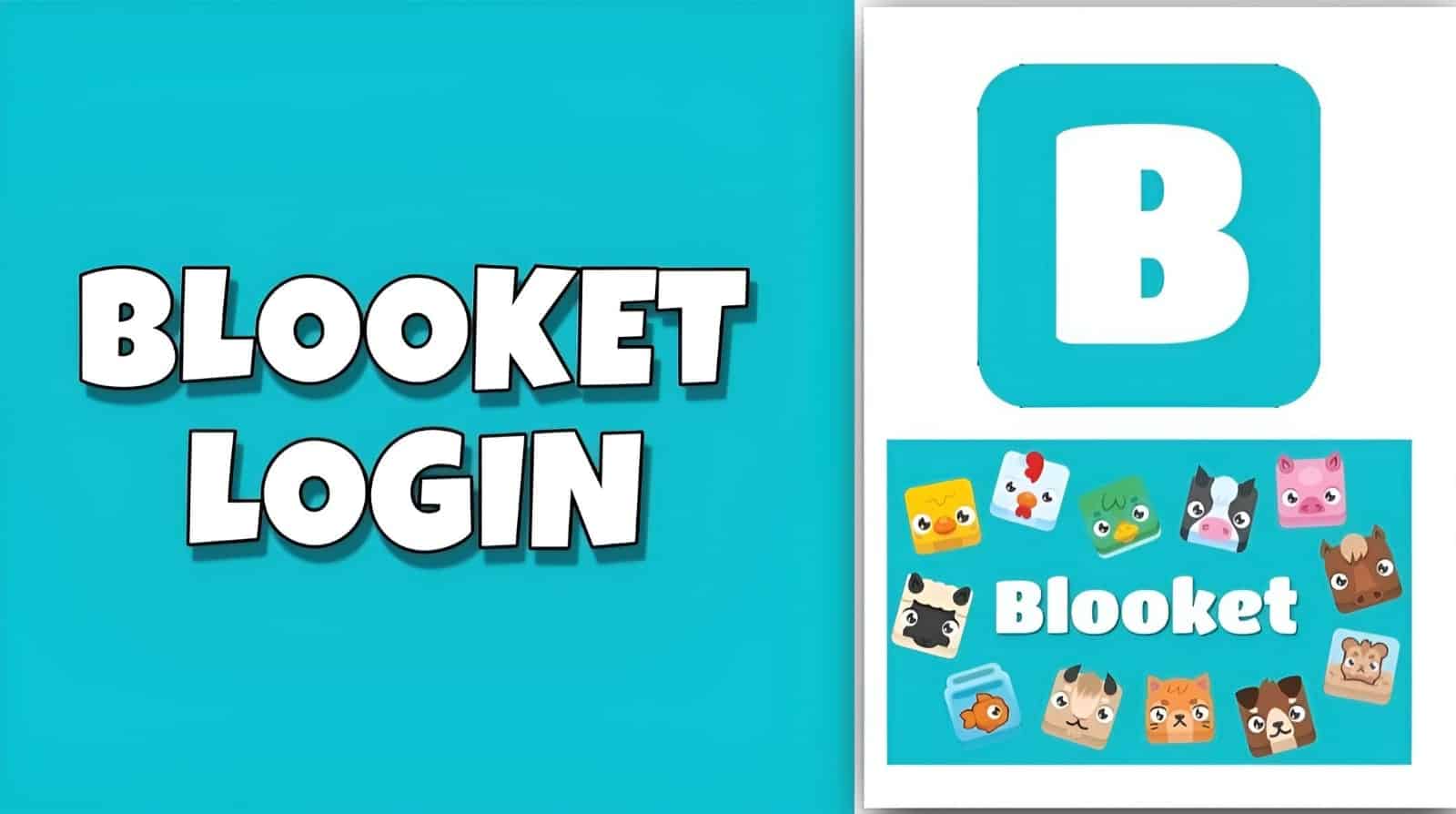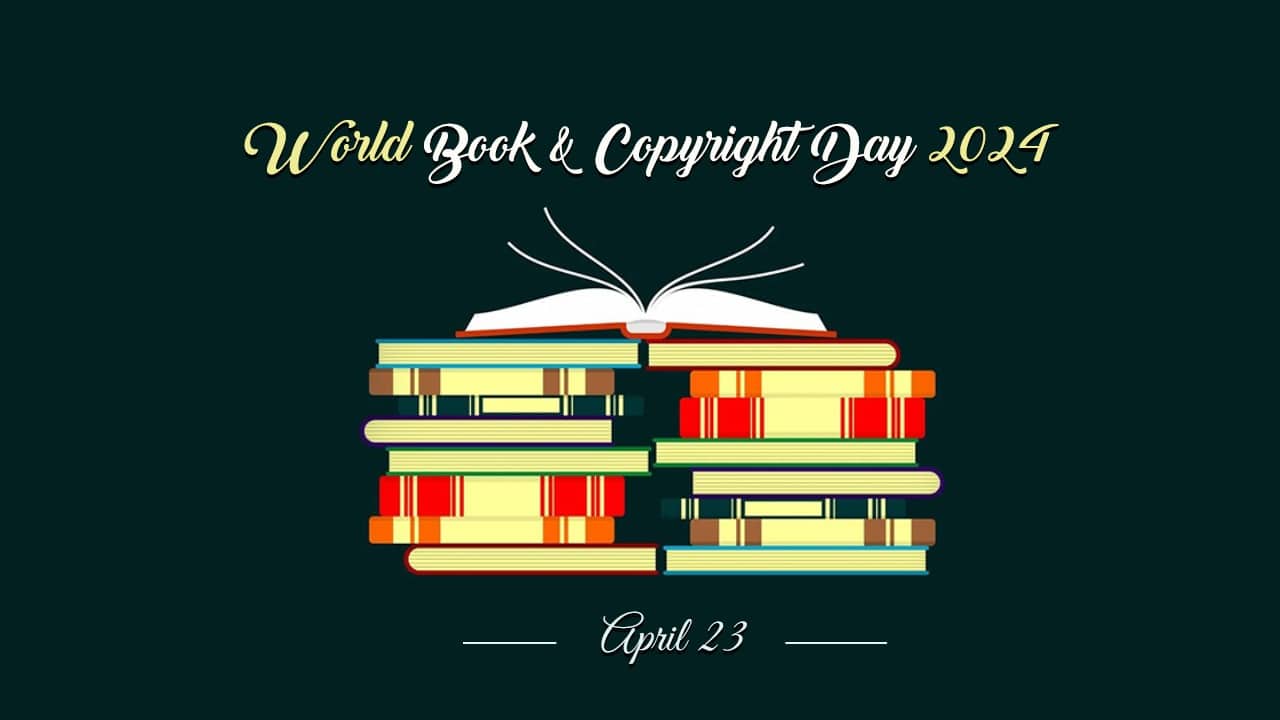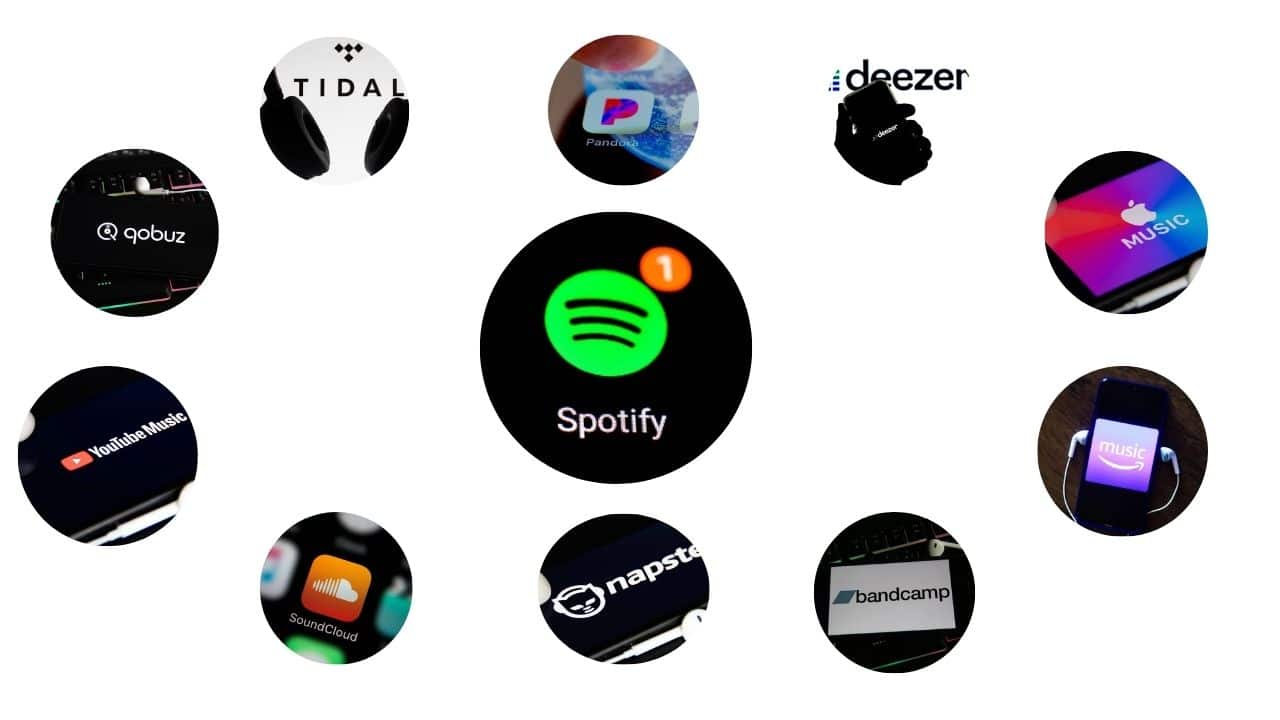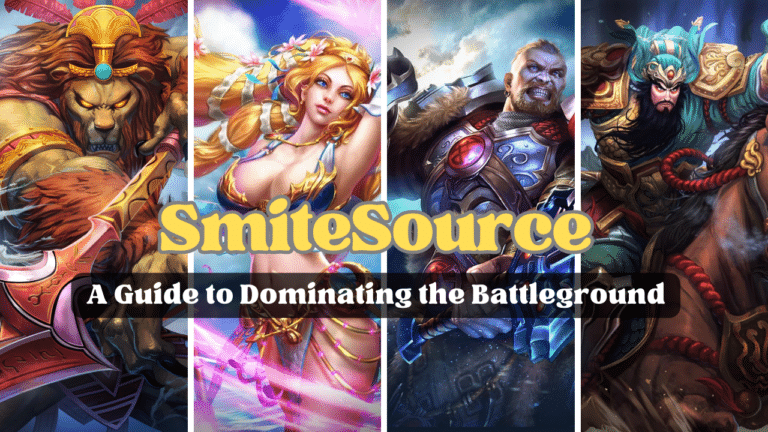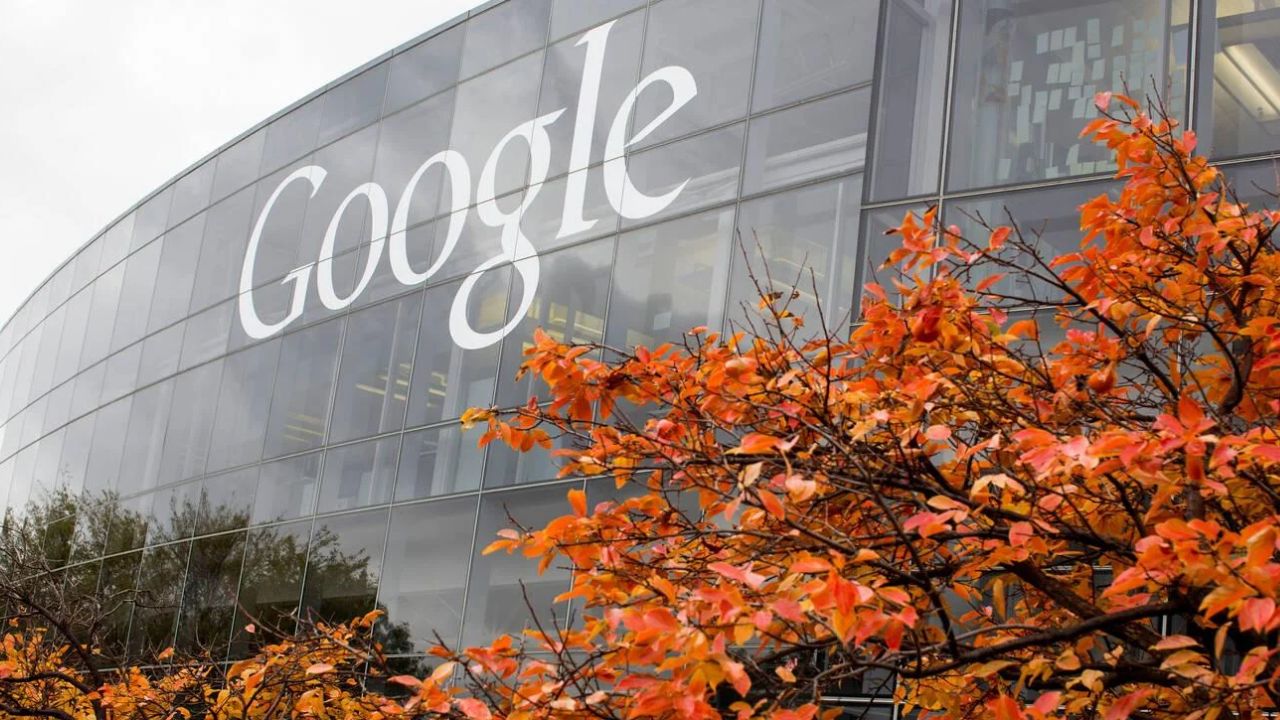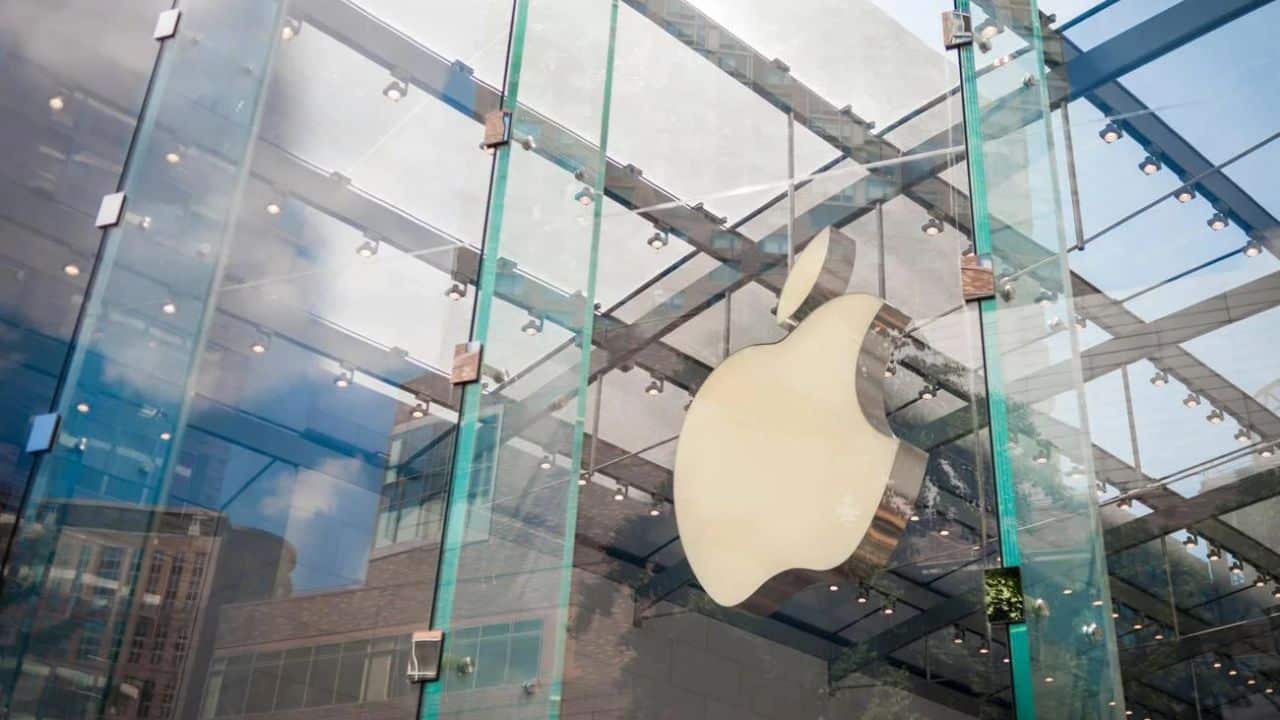In today’s interconnected global economy, businesses are transcending geographical boundaries and reaching diverse markets to expand their footprint. As the Middle East and North Africa (MENA) region continues to emerge as a hub for business opportunities, the importance of accurate Arabic document translation becomes a cornerstone for sustained growth. This article explores the pivotal role that precise Arabic document translation plays in facilitating international trade, ensuring legal compliance, and fostering meaningful cross-cultural communication.
The Power of Arabic Language Diversity
Arabic stands as one of the most widely spoken languages in the world, spanning across 26 countries and uniting millions of people with diverse cultural backgrounds. Its influence isn’t confined to spoken communication; it extends to written documentation that underpins business transactions, legal agreements, and essential communication channels.
Business Navigating Regulatory Compliance
For businesses eyeing expansion into Arabic-speaking markets, adherence to local regulations and compliance standards is non-negotiable. Accurate translation of legal documents, contracts, and compliance materials is imperative for avoiding legal pitfalls. Even a minor translation error can lead to misinterpretations that carry significant legal consequences. Whether it’s adhering to labor laws, intellectual property regulations, or tax requirements, precise translation ensures that the business is on solid legal ground.
Cultural Nuances and Effective Communication
Language is a vessel for culture, and accurate translation goes beyond mere conversion of words; it encapsulates the cultural nuances, idioms, and social contexts that words carry. A proficient Arabic translator doesn’t just translate; they convey the essence of the message in a culturally sensitive manner. In a region where personal relationships are paramount in business, a well-translated document can foster trust and credibility, establishing the groundwork for fruitful partnerships. These are a few steps to becoming an Arabic translator or interpreter.
Market Penetration and Brand Perception
Businesses aiming to penetrate the Arabic-speaking market need to align their communication with the local audience. This includes everything from marketing materials to user manuals. A poorly translated user manual, for instance, can lead to customer frustration and tarnish the brand’s reputation. On the other hand, documents that resonate with the audience’s values and expectations can contribute to a positive brand perception, ultimately driving growth.
Negotiations and Business Agreements
In the realm of international business, negotiations are the cornerstone of partnerships and agreements. Effective negotiations require clear and accurate communication, and this is where precise document translation comes into play. A negotiation document that’s accurately translated can prevent misunderstandings, ensuring that both parties are on the same page and fostering an environment of mutual respect.
Research and Innovation and Technology
For industries reliant on research and innovation, such as technology and medicine, sharing knowledge is paramount. Accurate translation of research papers, patents, and technical documents enables the exchange of ideas across linguistic borders. This, in turn, accelerates the pace of innovation by allowing experts to collaborate and build upon each other’s work.
Harnessing Technology for Quality Translation
In recent years, technological advancements in machine translation and artificial intelligence have made inroads into the field of translation. While these tools offer efficiency, human translators remain indispensable for ensuring accuracy and cultural nuance. A hybrid approach that combines technology with human expertise often yields the best results.
In a world where business growth is intertwined with global reach, accurate Arabic document translation services stand as a linchpin for success, as Arab has become a fresh hub for global investment. From legal compliance to effective communication and brand perception, businesses that prioritize precise translation are better equipped to navigate the complexities of the Arabic-speaking markets. In an era of opportunity, the ability to effectively communicate and connect across linguistic boundaries can be the catalyst for exponential business growth.
Challenges and Solutions
While the benefits of accurate Arabic document translation are undeniable, the journey isn’t without its challenges. The Arabic language boasts a rich history and a complex structure, including right-to-left writing, a unique script, and variations in dialects across different regions. These intricacies pose challenges to translators who must navigate through them to ensure accurate and contextually relevant translations.
One solution to these challenges is to work with professional translation agencies that specialize in Arabic translations. These agencies have a pool of experienced translators who are well-versed in the language’s nuances and cultural contexts. Furthermore, they often employ quality control measures, such as proofreading and review processes, to maintain the highest standards of accuracy.
Success Stories and Case Studies
Several businesses have reaped the rewards of investing in accurate Arabic document translation. Take, for instance, a multinational corporation seeking to expand its market presence into the Gulf Cooperation Council (GCC) countries. By meticulously translating its marketing materials, product information, and user manuals, the company was able to resonate with the local audience, resulting in increased sales and enhanced customer satisfaction.
In another case, a technology startup successfully secured a partnership with a leading company in the United Arab Emirates by ensuring precise translation of their business proposals and contractual agreements. This case illustrates how accurate translation can bridge cultural gaps and pave the way for meaningful collaborations.
Emerging Trends and Future Prospects
As the business landscape evolves, so does the field of translation. One emerging trend is the integration of Artificial Intelligence (AI) and Machine Learning (ML) in translation processes. While these technologies offer efficiency, they are most effective when used as tools to assist human translators, especially for complex documents that require cultural understanding and contextual accuracy.
Additionally, the rise of e-commerce and digital marketing in Arabic-speaking regions has fueled the demand for accurate translation of online content. From website localization to social media campaigns, businesses that tailor their online presence to the Arabic-speaking audience are better positioned for success.
Conclusion: Navigating the Path to Success
In the journey toward business growth and expansion, accurate translation companies like Future Trans emerge as a guiding star. It’s not merely about converting words; it’s about building bridges across languages and cultures. The impact of translation resonates across industries, from legal compliance and market penetration to innovation and effective communication.
As businesses increasingly recognize the importance of this vital component, the translation industry continues to evolve, offering solutions that combine human expertise with technological advancements. In a world where effective communication can make or break business endeavors, accurate Arabic document translation stands as an indispensable tool for unlocking the doors to new markets, forging lasting partnerships, and achieving sustainable growth. The road to success may be paved with words, but it’s the accuracy and cultural relevance of those words that make the journey worthwhile.

